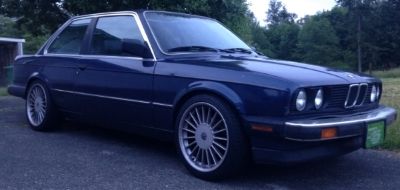Originally posted by The Dark Side of Will
View Post
Even just hand calcs breaking things down with a basic freebody diagram would cover the commentary...(FEA/FEM is overkill for this) there are aspects of this that look simpler to fabricate, but just stating without data that its better, and then only backing it up with an "I know better, of course it is" doesn't ring...




Comment